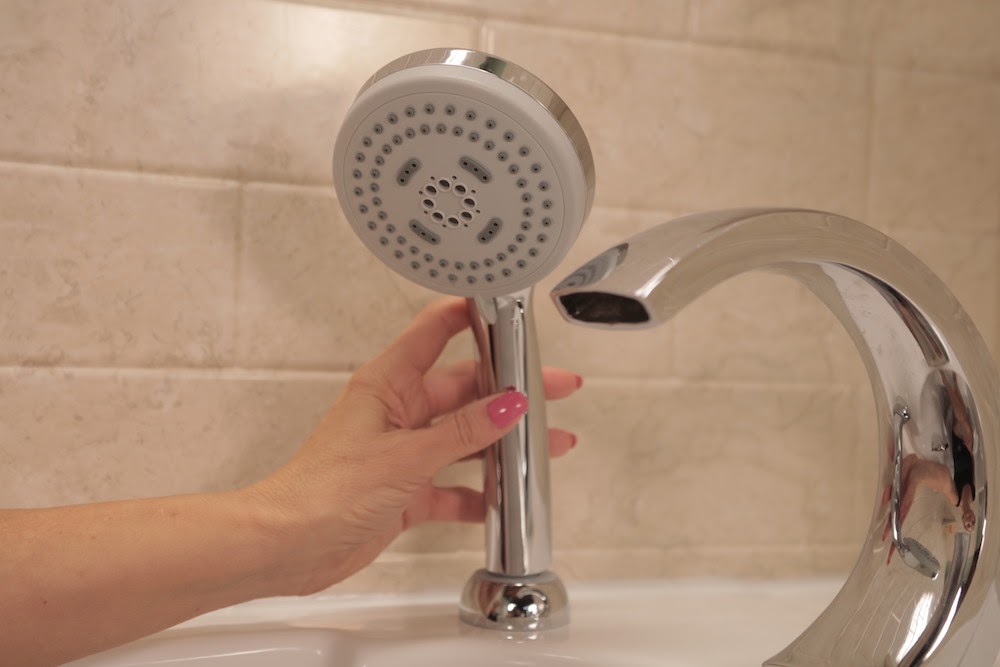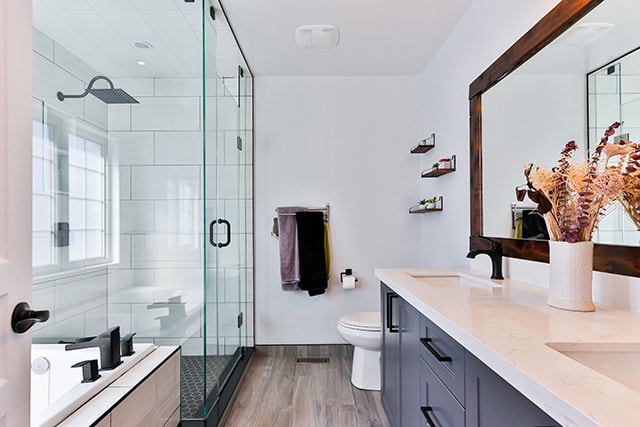Resolving Acrylic Bathroom Dilemmas: A Handful of Effective Solutions
Resolving Acrylic Bathroom Dilemmas: A Handful of Effective Solutions
Blog Article
In this article down the page you can discover lots of great news when it comes to 6 Things to Know About When Hiring a Plumbing Services.

Polymer bathrooms, shower trays, and various other acrylic washroom ware have actually become extra typical in restrooms in current times. Thanks to modern chemistry we currently have options to enamel as well as ceramic materials for washroom components. These include plastic products and also different polers. Though not as classy and also durable as enamel and also porcelain baths and also components, they are more economical and also serve pretty much the exact same standard function. These products are easy to manufacture, store, as well as transport and in the occurrence of damage, they are quickly fixed. Some common examples of damages to acrylic shower room components include staining, cracks, openings, etc. Let's have a look at some of these issues and also fast ways of repairing them.
Scratched shower or bath surface area
Acrylic bathroom components are not abrasion-resistant like enamel varieties. They are more vulnerable to scratches and less durable. Being an extremely soft product, acrylic scrapes can even be hidden without coating or filling. For these, you should look for expert aid for your bath repair work. As a prevention pointer, stay clear of utilizing unpleasant sponges when cleansing. Rather, you ought to utilize an easy liquid cleaner with a soft pad.
Chain reaction
In some cases, individuals try to repaint the entire surface area of their acrylic bath on their own either because they do not like the color to hide blemishes. Nevertheless, when they do not like the result, they apply paint removers. You should never make use of paint cleaner on acrylic baths. Paint removers do not react with the surface of steel bathrooms, they damage acrylic bathrooms irreversibly. This produces much more help the expert. The very best course of action here is to call a professional for help with changing the bath.
Bathroom Discoloration
With extended use acrylic baths comes staining or staining. While some stains can be eliminated conveniently, utilizing special chemicals, others need that the bath be resprayed. It is essential to keep in mind that bleach or detergents do really little in removing such discoloration as well as they might also worsen it. Many times, these cleansing agents induce staining gradually. Aromatherapy oils loosen the dust in many cases thereby restoring the bath to its previous splendor. Cleansing and also polishing also in some cases. For more stubborn spots, you will certainly need a new layer of finish. This type of dealing with will require a professional.
Fractured Polymer Baths
The life-span of acrylic and also fiberglass baths is up to 15-20 years for shower pans and baths, normally. Splits in an acrylic shower tray are possibly amongst the easiest troubles to fix for a fixing expert. This is the same for PVC, resin, and other such materials.
Polymer bathrooms, shower trays, and other acrylic restroom ware have actually become more common in restrooms in current times. You must never ever make use of paint eliminator on acrylic bathrooms. Paint cleaners do not react with the surface area of metal bathrooms, they damage acrylic bathrooms irreversibly. With long term usage of acrylic baths comes discoloration or staining. The life-span of acrylic and fiberglass baths is up to 15-20 years for shower pans and also bathrooms, normally.
How to clean Acrylic shower
USE THESE NON-ABRASIVE CLEANERS
We recommend that you clean your acrylic bathing product made of Delta ProCrylic or Acrylic with Innovex Technology with non-abrasive soaps and cleaners, such as:
Dishwashing detergent Power Bathroom Cleaner CLR Bath & Kitchen Cleaner Formula 409 All-Purpose Cleaner Iron Out Rust Stain Remover When it s time to clean, always use a terry cloth towel, soft cloth or sponge to avoid scratching the acrylic surface. Don t use abrasive scrubbing pads, steel wool or sponges, cause permanent damage to the acrylic material. If you use a drain cleaner or clog remover, be sure to rinse thoroughly with water so no product is left standing near the drain.
Some chemicals and cleaners may deteriorate acrylic surfaces, causing cracks and, potentially, property damage. To avoid this, don t use cleaning products that state on their label that they are not suitable for use on Acrylic, ABS, Polystyrene or Plastic. Be sure to check the label of any product before you apply it to the surface; it s easier to avoid damage than to try to remedy it.
DO NOT USE THESE CLEANERS
Chemicals we do not recommend using to clean acrylic showers/tubs:
Solvents (turpentine, lacquer thinner, mineral spirits, paint thinner, MEK, xylene, acetone, naphtha, etc.) Simple Green All-Purpose Cleaner Pine-Sol Original Scrubbing Bubbles Cleaner Tilex Bathroom Cleaner The Works Tub & Shower Cleaner Lysol with Hydrogen Peroxide Multi-Purpose Cleaner Windex Vinegar Multi-Surface Cleaner Sealant Application Tips
When you re ready to apply sealant, a little planning goes a long way. Pick up some painter s tape and use it to mask off the seam to help make cleaning up easier. When you re applying the bead, use a constant, steady speed to avoid an uneven finish. Use a caulk tool or a plastic spoon to work the sealant into the joint. Wetting the tool with denatured alcohol will help create a smooth finish. Follow the directions on the back of the tube for cure time.
Certain chemicals and cleaners may deteriorate acrylic surfaces, causing cracks and, potentially, property damage. After you re finished applying it, clean up the product surface and remove any excess sealant with denatured alcohol. Don t use solvents (turpentine, lacquer thinner, mineral spirits, paint thinner, MEK, xylene, acetone, naphtha, etc.) that can wreak havoc on an acrylic surface.
With a little care and consideration, you can prevent damage to your acrylic shower or tub. Keep a supply of soft cloths handy and remove any damaging products or abrasive scrubbing items from the bathroom to ensure they aren t around when it s time to clean.
https://www.deltafaucet.com/design-innovation/inspiredliving/how-to-clean-acrylic-shower

As a devoted reader on Hiring a Plumbing Expert, I thought sharing that portion was a smart idea. Are you aware of another individual who is intrigued by the niche? Be sure promote it. I am grateful for your time. Come back soon.
For fast relief, call! Report this page